5. Reservoir Dogs (1992, Quentin Tarantino)
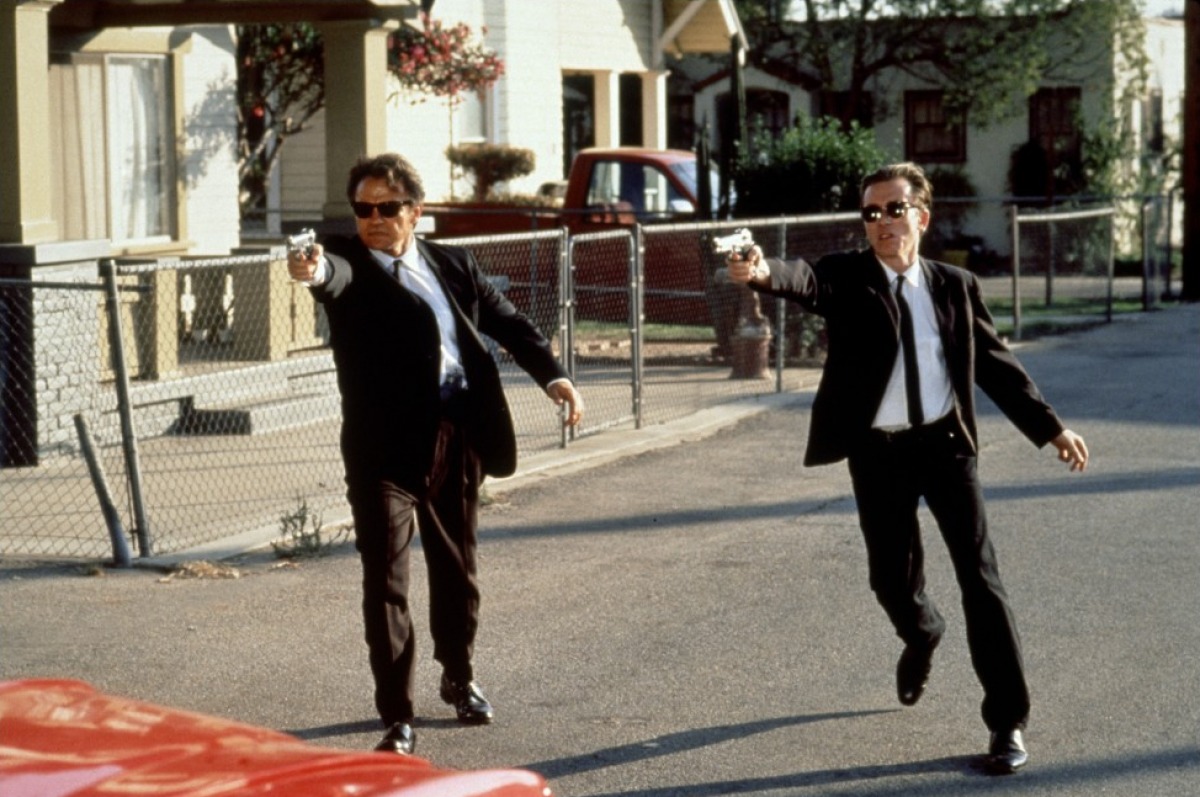
A bloody yet hilarious movie, Quentin Tarantino’s “Reservoir Dogs” is a neo-noir crime thriller with a strong cast of actors such as Harvey Keitel, Tim Roth, Michael Madsen and Steve Buscemi. The plot revolves around a jewelry heist and its aftermath. With its random non-linear timing, crime-themed plot, lower budget and slow tracking shots, this independent film is heavily influenced by directors like Jean-Luc Godard.
This movie is not only a direct callback to French New Wave, but it also exemplifies Tarantino’s iconic style. “Reservoir Dogs” has Tarantino’s unending violence, rabid profanity and nonlinear storytelling. These themes have become his trademarks and this is arguably his best film.
The movie is dedicated to Godard and several other directors who served as his sources for inspiration. Tarantino even named his production company A Band Apart, a direct reference to Godard’s “Bande à part” (1964). It is rumored the jewelry store in “Reservoir Dogs” is named after French film’s star Anna Karina.
Also, there are many rumors about the origin of the film’s name. One is that Tarantino told investors the term “reservoir dog” came from movies like “Breathless” and “Bande à part” meaning “rat,” which would fit with the movie’s theme.
Another is that the name came from when Tarantino worked in a video store before his superstardom. Apparently he recommended Louis Malle’s “Au revoir les enfants” (1987) and the customer heard it as “reservoir dogs”. However, another rumor is that the name of the film came from Tarantino’s mispronunciation of the movie “Au revoir les enfants” calling it “that reservoir movie”. He then combined it with the movie “Straw Dogs” (1971) to make “Reservoir Dogs”.
4. Bonnie and Clyde (1967, Arthur Penn)
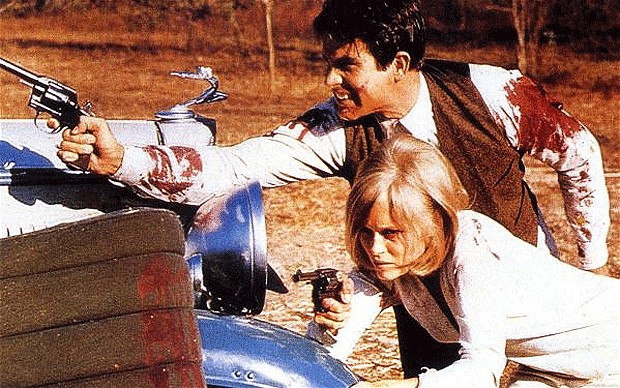
Another movie at the tail end of the French New Wave, “Bonnie and Clyde” is considered a landmark film and was a premier film in the New Hollywood movement. The stylish and popular Faye Dunaway and Warren Beatty starred as the titular characters and the plot followed them from their meeting to their famous criminal activity to their gruesome death. The movie has become iconic partly for its ending, which is considered one of the most bloody in cinematic history.
Because of the movie’s unapologetic displays of sex and violence, it prompted later films to become more open. While the movie is mostly inspired by the French New Wave movement, some New Wave greats had a hand in its plot. François Truffaut reportedly made contributions to the script—he passed on the project to make “Fahrenheit 451”—and the writers also approached Jean-Luc Godard.
The screenwriters of the film were also inspired to write the screenplay after watching “Breathless”, and used inspiration from “Jules et Jim” (1962) for Bonnie’s character. Because of this direct influence, “Bonnie and Clyde” may be the closest film to the French New Wave movement without being a French New Wave film.
3. Lost in Translation (2003, Sofia Coppola)
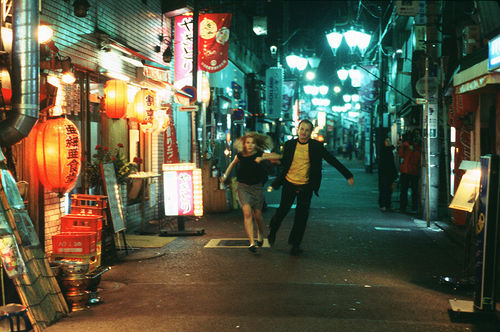
This modern classic by Sofia Coppola was both a critical and commercial success, earning many award nominations and grossing $119 million. “Lost in Translation” also earned Bill Murray his first Oscar nomination. The film tells the story of an aging actor named Bob (Bill Murray) and a bored young wife named Charlotte (Scarlett Johansson), who encounter each other in Tokyo on a sleepless night. Their friendship and relationship develop as they experience Japanese nightlife together.
One reviewer said, “If it had been made in 1963 instead of 2003, it would have starred Jean-Paul Belmondo and Anouk Aimee. Truffaut would have loved it.” Coppola’s aesthetic relies on the existential feel of her movies and the ennui of her characters. In “Lost in Translation”, the plot doesn’t feel much like a plot.
The premise of the movie is more like two charming characters in an unique situation and, despite the vast cityscape of Japan hanging in the background, a confined setting. And while the film had expert dialogue, there was some use of improvisation, another aspect of French New Wave. Murray reportedly improvised the sushi bar scene. In the script, Coppola only wrote “tries to make her laugh,” and Murray did the rest.
Despite the lightness of the film, Bob and Charlotte are both quiet and complicated characters. “Lost in Translation” is an expert film in many ways, with a very New Wave ambiguous ending. Bob whispers something unheard into Charlotte’s ear before they kiss and go their separate ways. Because of the continuous sexual tension throughout the movie, this scene is maddening for audiences but part of what makes it a masterpiece.
2. The Graduate (1967, Mike Nichols)
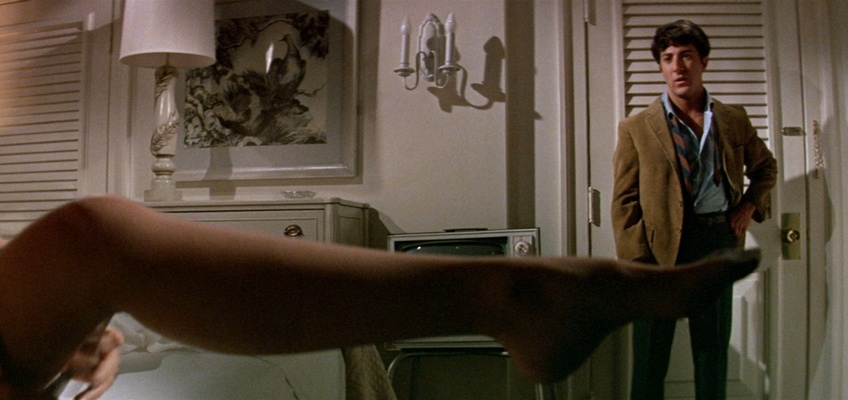
Following the tail end of the French New Wave, and based on the novel The Graduate by Charles Webb, the film tells the story of Benjamin (Dustin Hoffman) after he graduates from Williams College.
As he struggles with his future, he begins an affair with his neighbor, Mrs. Robinson (Anne Bancroft); however, he ends up falling in love with her college-aged daughter, Elaine (Katharine Ross). “The Graduate” is considered a classic in modern cinema, is commonly named as one of the best movies of all time, and was selected for preservation in the United States Film Registry.
“The Graduate” is also part of the New Hollywood movement, which was heavily inspired by the French New Wave movement; it used editing and cinematography as a storytelling technique and “The Graduate” employs this with excellence. Because it looks so contemporary and is so stylistic, the movie expertly uses it to communicate a narrative shift or a repressed emotion.
1. Chungking Express (1994, Wong Kar-wai)
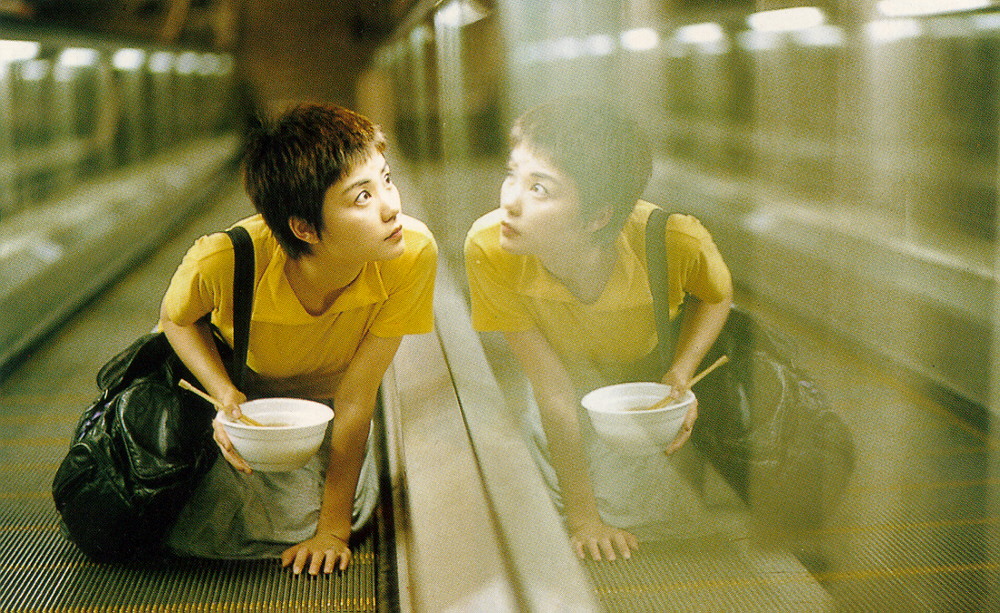
“Chungking Express” is a film that contains two films and each involve lovesick policemen in Hong Kong. In the first story, a policeman (Takeshi Kaneshiro) is obsessing about his breakup when he has an encounter with a drug smuggler in a blonde wig (Brigitte Lin). They end up spending a platonic night together, unaware of each other’s situations.
The narrative then takes a brief break and switches over to the second story. In this one, an unnamed cop (Tony Leung) is also lovesick when he meets a snack bar worker (Faye Wong). He then embarks on an ambiguous romantic adventure with her.
Each of the stories contain narratives that don’t contain much of a plot. The story is more about entertaining situations the audience is privy to. The movie is cinematically breathtaking and there is something so quietly desperate about the characters. It is reminiscent of the French New Wave movement and although the dialogue never divulges it, the audience is acutely aware of each character’s search for intimacy and compassion in the modern world.
Author Bio: Grace Fenlason is an undergraduate journalism and English major at Northern Arizona University. She is a desert-born freelance writer and is currently working on a book of . She loves her cat, her dog and movies that make her ugly cry.